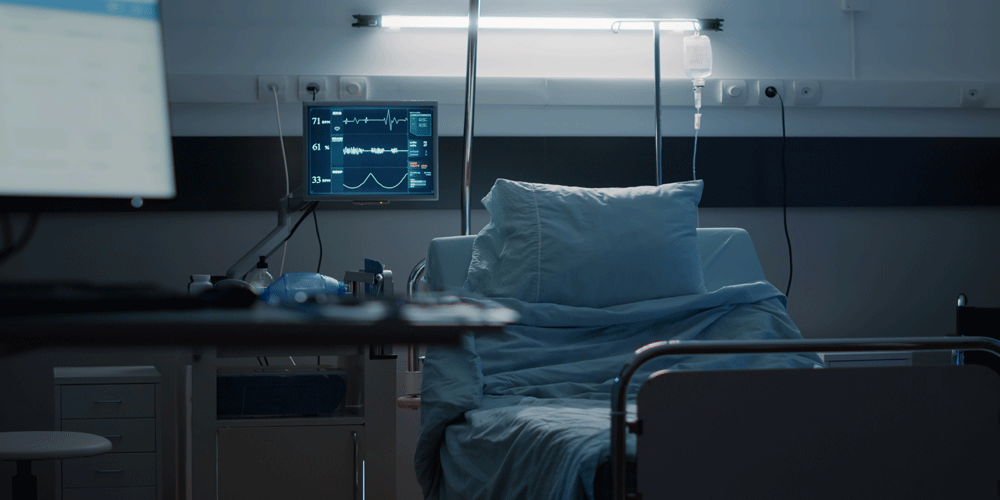In the ever-evolving landscape of healthcare, the National Health Service (NHS) is constantly striving to enhance patient care and improve clinical efficiency. One remarkable advancement that has gained significant traction in recent years is the implementation of Integrated Medical Headwalls. These cutting-edge systems are transforming hospital environments, optimising patient safety, and streamlining medical workflows like never before.
So, what exactly are Integrated Medical Headwalls?
They are comprehensive units that bring together vital medical services, equipment, and utilities in one centralised location along the walls of patient rooms or clinical areas. These innovative structures consolidate essential elements such as medical gas outlets, electrical outlets, nurse call systems, lighting controls, data and communication ports, and storage compartments, among others.
Here are some key benefits that Integrated Medical Headwalls offer within the NHS:
1️⃣ Enhanced Patient Care: By having all necessary medical resources conveniently located at the patient’s bedside, healthcare professionals can provide more immediate and efficient care. This setup reduces response times, allowing for quicker administration of medication, access to medical gases, and the ability to monitor patients closely. With crucial medical equipment and utilities readily available, the risk of errors and delays is significantly reduced, leading to improved patient outcomes.
2️⃣ Optimised Workflow: Integrated Medical Headwalls play a vital role in streamlining clinical workflows for healthcare staff. By eliminating the need for frequent trips to centralised supply areas, healthcare professionals can focus more on patient care and spend less time retrieving supplies. Additionally, the intuitive design and organisation of headwalls contribute to efficient task management, ultimately improving staff productivity and workflow efficiency.
3️⃣ Increased Patient Safety: Safety is of paramount importance within healthcare settings, and Integrated Medical Headwalls offer several features that promote patient well-being. The integration of medical gas outlets allows for easy access to oxygen and other gases, ensuring prompt response in emergency situations. Nurse call systems enable patients to alert healthcare staff promptly, ensuring immediate attention when needed. The presence of adequate lighting controls and storage compartments further contribute to creating a safe and comfortable environment for patients.
4️⃣ Customisability and Adaptability: Integrated Medical Headwalls can be customised to suit the unique needs of various clinical areas and patient populations. From pediatric wards to intensive care units, the versatility of headwalls allows for tailored configurations and the integration of specific equipment and services. This adaptability makes them a valuable asset for the diverse range of medical specialties and patient requirements within the NHS.
5️⃣ Future-Proofing Healthcare Infrastructure: Investing in Integrated Medical Headwalls aligns with the vision of future-proofing healthcare facilities. These systems are designed to accommodate future technological advancements and can be easily upgraded or modified to meet changing healthcare demands. This flexibility ensures that hospitals can adapt to evolving medical practices and integrate new technologies seamlessly, saving both time and resources in the long run.
Integrated Medical Headwalls
Integrated Medical Headwalls have already made a substantial impact on patient care and clinical workflows within the NHS. As healthcare systems continue to evolve, these innovative solutions serve as a testament to the ongoing commitment of the NHS in delivering exceptional care and optimising healthcare outcomes for patients.
With their ability to enhance patient safety, streamline workflows, and accommodate future advancements, Integrated Medical Headwalls undoubtedly hold great promise in revolutionising the way healthcare is delivered in the United Kingdom and beyond. As we move forward, it is crucial for healthcare institutions to embrace and invest in such transformative technologies, fostering a culture of innovation and patient-centered care within the NHS.
